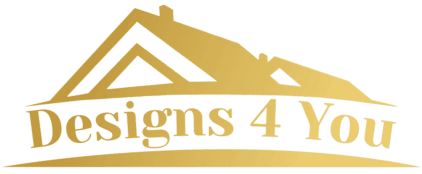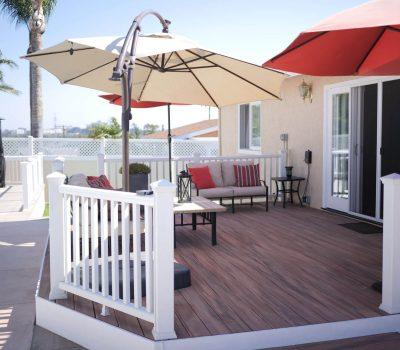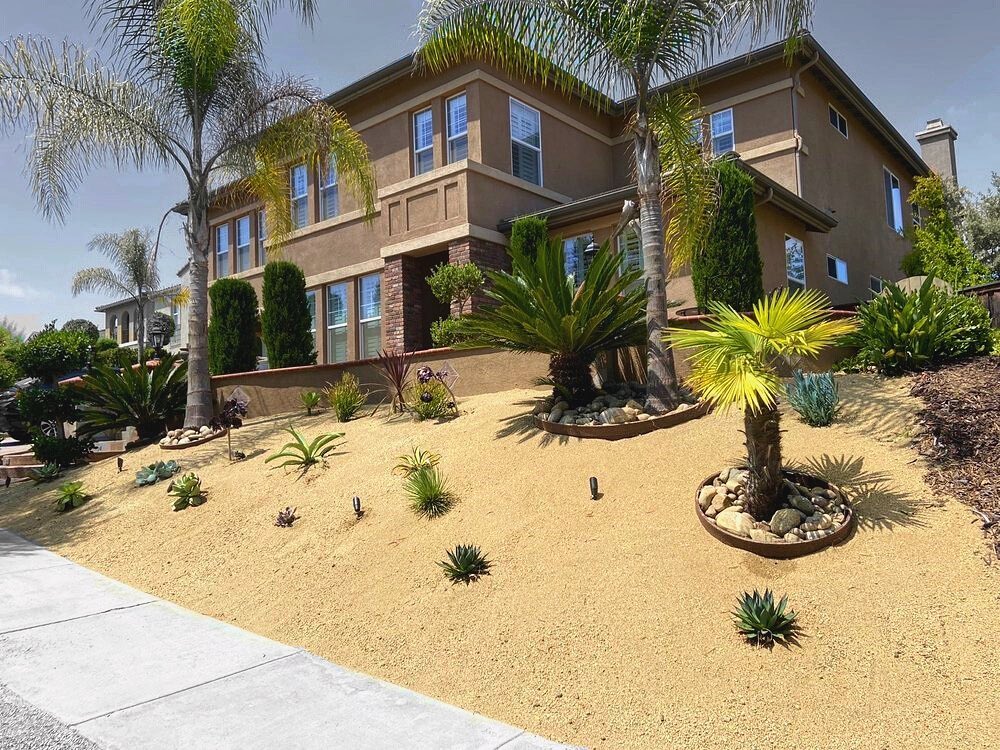Did you know that the average American spends around 32 hours of every month on lawn care? That’s over a full day spent keeping your yard looking fresh!
Worse, with the ongoing drought conditions in San Diego County and throughout the state, it’s safe to say that running the sprinklers all the time can feel like a significant waste.
That’s where artificial grass comes in. This realistic, durable, and low-maintenance yard option isn’t just for stadiums! Instead, it’s a great way to keep your lawn looking great without the constant demands on your time.
Wondering whether this option is right for you? Here’s what to know about artificial grass.
What Is Artificial Grass?
Before we dive into the details, let’s make sure we’re on the same page about this low-maintenance yard option. Also called “artificial turf” or “synthetic grass,” artificial grass is a ground covering that mimics the natural look of a healthy lawn.
Though this product is growing more and more popular among homeowners, its first usage was for athletic fields. Patented as “Astroturf” in 1967, this artificial grass eventually came to blanket the ground of football stadiums nationwide. Because it was easy to maintain and could take a beating, it was preferable to the cost of upkeep for real grass.
Artificial grass can be made of a variety of different materials, including soft polyethylene, nylon, and/or polypropylene. These materials help the resulting product mimic the look and feel of natural grass. In addition, various UV inhibitors and stabilizers help keep the grass tough and beautiful for the long term.
The Benefits of Artificial Grass
Now that you know what artificial grass is, why should you consider investing in it for your lawn? As we’ve mentioned above, this type of grass is growing popular among U.S. homeowners for a few key reasons:
- Realistic appearance that matches the look of real grass
- Color choices that allow homeowners to pick the style that suits them
- Low maintenance costs, especially when compared to the effort and cost of maintaining a natural lawn
- A weatherproof surface that doesn’t absorb moisture
- Long-term durability, even with heavy foot traffic and high use
- Pets can’t dig or chew through it
- No need for harmful pesticides and herbicides to keep the lawn looking fresh
- Vivid, evergreen color that won’t fade in the summer sun or winter dry spells
- Long-lasting installations that can last up to 20 years or longer
In essence, if you want a quick and easy way to get a healthy lawn without the constant yard care, artificial grass may be your best bet.
Drawbacks of Artificial Grass
Though artificial grass has plenty of benefits, we’d be remiss not to mention some of the potential drawbacks. Here are a few reasons you’ll want to think carefully before you take the plunge:
- Plastic gets hot in bright sunlight, meaning your artificial grass can be uncomfortable to stand on barefoot
- A slightly firmer feel, as artificial grass isn’t an exact match to the soft texture of real grass
- Expensive upfront cost, though the final installed lawn will be free for years to come
- Odor buildups may happen if the grass isn’t maintained
Though artificial grass can be a great choice, this yard remodel isn’t the right match for all homeowners, so it’s important to weigh your options.
Where and How to Install Artificial Grass
If you’re considering artificial grass for your lawn, one of your biggest concerns will probably be about the installation process. Here’s how it works:
Where to Install Artificial Grass
In general, you can install artificial grass almost anywhere you can put down real grass. Even better, you can also install this artificial option in places where natural grass wouldn’t be viable.
You can install artificial grass on your lawn, on a deck or patio, on roof decks, and even on balconies. Artificial grass is even easy to install over existing concrete, so you won’t have to worry about clearing a new space for it.
The Installation Process
During the installation process, your local turf experts will clean and prepare the designated area before laying down weed-block landscaping fabric to protect the grass. After a base installation of compacted material, they’ll measure and lay down the new artificial grass over an adhesive. Last, they’ll trim the edges before securing and tidying the new lawn.
Depending on the size of the area you want to cover, you can expect the installation to take anywhere from a few hours to a full day with expert help. If you’ve chosen to go the DIY route and install your own artificial grass, expect the process to take longer.
How to Maintain Artificial Grass
Artificial grass needs far less maintenance than a natural lawn would. There’s no need for sprinklers or chemicals to keep weeds at bay, nor do you need to break out the lawnmower.
Instead, you’ll want to use a blower or push broom to clear away any debris like fallen leaves. You can also use your hose to wash away any dirt. Most homeowners will only need to do this once every month or so.
In terms of pets, you’ll want to pick up solid waste as soon as possible. Hose down the area afterward, as well as any areas where your pet has urinated.
Let Us Take Care of Your Yard
Ready to reap the benefits of an artificial lawn? If you’d like a natural-looking lawn with less fuss, Designs 4 U is here to help.
Our family-owned and operated company has a wealth of experience providing superior artificial grass installations to homeowners throughout the San Diego County area. To learn more about how we can make your dreams a reality, get in touch today!






